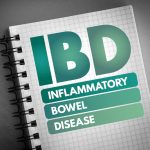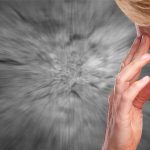We all understand PMS and that it impacts women differently, but PMDD effects some women with more intensity and with greater understanding can be treated.
Premenstrual Dysphoric Disorder (PMDD) is a severe cyclic mental health condition that can significantly impact women’s quality of life. But, what exactly is it? In this blog post we will discuss what PMDD is, how it is more than just “bad PMS”, as well as some of the naturopathic treatments that are available to help.
What is PMDD and How is it Different to PMS?
PMS is a very common condition, with estimates that it affects anywhere from 30% up to 85% of menstruating women. Symptoms of PMS are varied, but often include physical symptoms such as cramping, bloating and breast pain, as well as some mood symptoms like mood swings and irritability. PMDD on the other hand, is a much less common condition, affecting just 3-5% of women. PMDD is significantly more severe in its symptomatology, and is much more heavily related to mood symptoms, particularly anxiety, depression and even panic attacks. Along with mood symptoms, women with PMDD also experience an increased sensitivity to stress. Symptoms are worse during the luteal phase of the menstrual cycle, which is the 2 weeks leading up to a menstrual bleed. Symptoms then ease again within a few days of menstruation starting. Unfortunately, as with many other female hormonal conditions, diagnosis of PMDD is often significantly delayed; diagnosis for Australian women with PMDD takes an average of 12 years!

What are the Causes of PMDD?
PMDD is a complex condition and there are several different theories regarding the underlying cause of the condition. It can be hereditary, and mutations to specific genes have been identified in some studies on the condition. One of the most interesting things about PMDD is that although it is a hormonal condition, it actually isn’t associated with a hormonal imbalance per se – testing has shown that women with PMDD have the same levels of ovarian hormones pre-menstrually as women without PMDD. Symptoms of PMDD appear to be more to do with the brain’s sensitivity to these hormones, as well as changes to other chemical messengers relating to mood and stress. Below are some of the common underlying causes of PMDD symptoms:
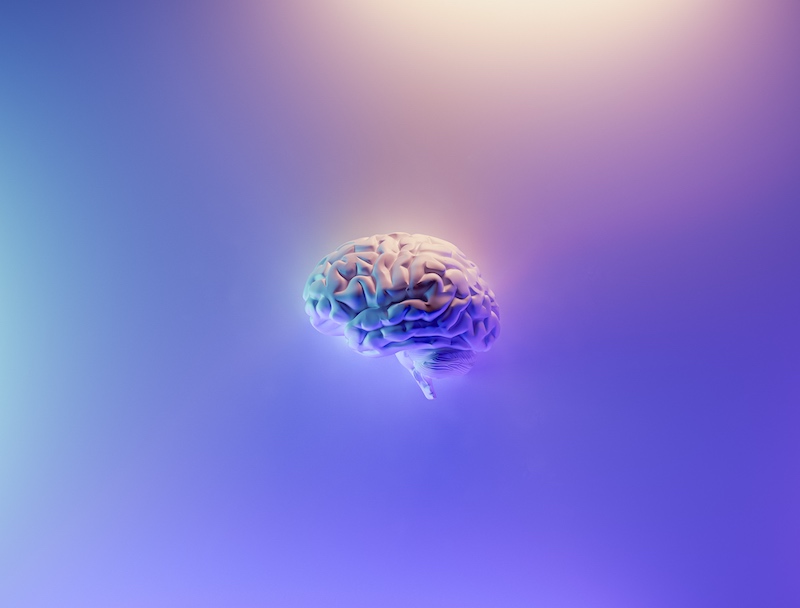
Sensitivity to Allopregnanolone in the Brain
One of the leading theories of the cause of PMDD is that it is a sensitivity of the brain to the normal hormonal changes that occur during the menstrual cycle. One hormone metabolite in particular has been implicated – a progesterone metabolite known as allopregnanolone, or ALLO. Women with PMDD have higher than normal levels of ALLO during the luteal phase, and also have a paradoxical reaction to it. ALLO normally acts to activate GABA receptors in the brain to produce a calming, anti-anxiety effect, particularly during periods of high stress. However, in women with PMDD, ALLO can lead to increased feelings of anxiety and mood disturbance. Researchers have identified alterations in a specific gene, known as the oestrogen receptor alpha gene (ESR1) in women with PMDD, which is linked to changes in the brain’s reactivity to both progesterone and oestrogen.
Altered Brain Activity During the Luteal Phase
MRI studies have shown that women with PMDD have different brain activity during the luteal phase, particularly when it comes to emotional regulation.
Neurotransmitter Abnormalities
Neurotransmitters are important chemical messengers that work throughout the nervous system and elsewhere in the body and are strongly associated with emotional regulation and mental health. Studies have shown that both serotonin and GABA, two important neurotransmitters for mental wellbeing and anxiety, are lower than normal during the luteal phase in women with PMDD. Lower levels of these neurotransmitters would contribute to feelings of low mood, irritability and anxiety.
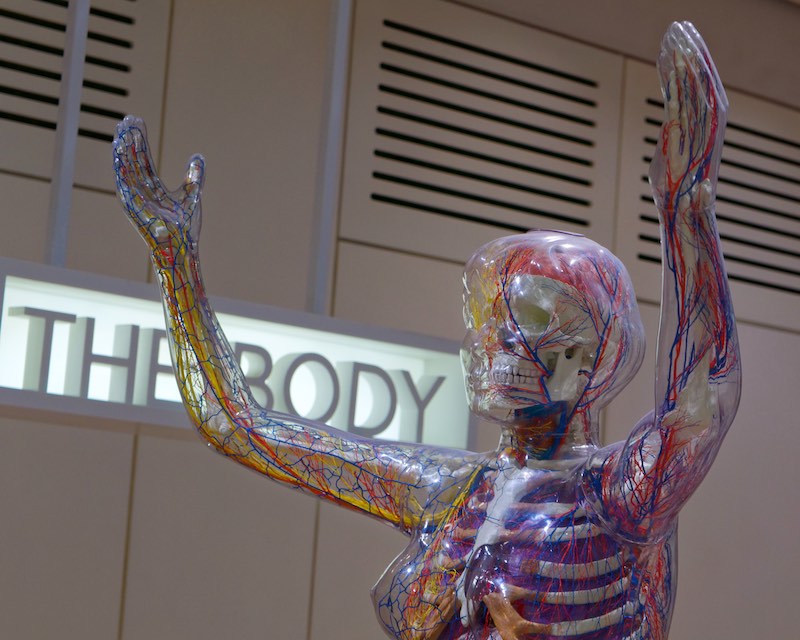
High Cortisol and HPA Axis Dysregulation
The HPA Axis is our “fight or flight” response. It is how our brain responds to stressors in our life by increasing cortisol, creating feelings of alertness and readiness to act. In PMDD, women experience increased sensitivity to stress because their HPA axis does not function the way it normally would. A study from 2019 found a link between high cortisol levels in women with PMDD and also showed that women with PMDD did not experience the same daily cortisol rhythm (higher cortisol in the morning and lower cortisol in the evening) compared to women without PMDD. Part of the reason for this increased stress response is because of the brain’s altered reactivity to ALLO, which normally helps to create a feeling of calmness during periods of stress.
Managing PMDD Naturally
There are several naturopathic therapeutics that can be helpful in managing PMDD symptoms, along with dietary and lifestyle measures to help improve your mental health throughout your cycle. Below are some of the more commonly utilised treatments, however your naturopath will formulate a treatment plan that suits your specific needs.
Vitamin B6
Vitamin B6 is a vital mental health nutrient because it is involved in the production of key mood-regulating neurotransmitters including serotonin, which is low in PMDD. Boost your intake of vitamin B6 with foods such as chicken, turkey, oats, banana, avocado and sweet potato. Your naturopath may also prescribe a vitamin B6 supplement if it is required.
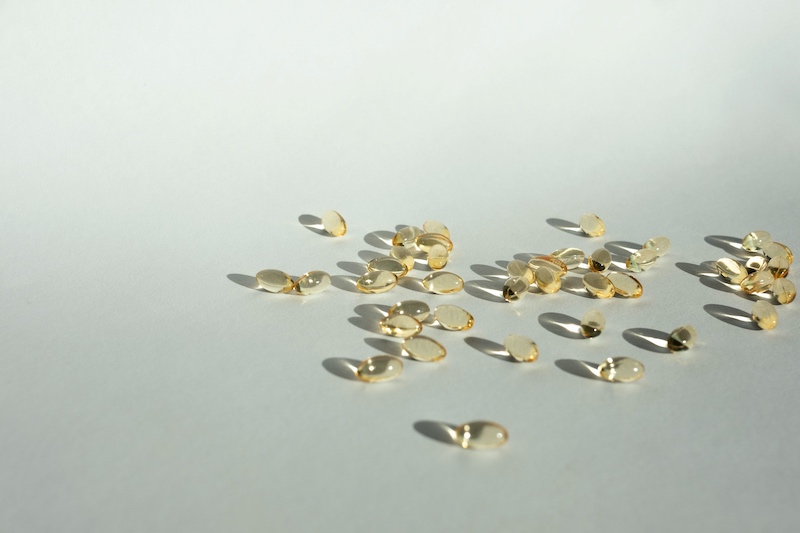
Tryptophan
Tryptophan, an amino acid, is the precursor for making serotonin in the body. It’s vital to ensure we are consuming enough tryptophan, in order to ensure our bodies are able to produce sufficient levels of serotonin. Your can help to boost your serotonin levels by eating foods high in tryptophan, including chicken, turkey, salmon, pumpkin seeds, oats and eggs.
St John’s Wort
St John’s Wort is one of the most well-known herbs for managing mental health conditions, and research shows it can be beneficial in PMDD. St John’s Wort acts like a herbal anti-depressant, boosting our serotonin levels in the brain. It is important to speak with your naturopath before using St John’s Wort, as it can react with certain medications.
Saffron
Saffron (yes, that beautiful yellow spice) is a promising herbal anti-depressant that is becoming more and more popular for managing mental health conditions. In addition to its mood-boosting actions, saffron is also known for its powerful anti-anxiety effects. Saffron works similarly to St John’s Wort in that it helps to increase serotonin levels, but it also helps to boost other important neurotransmitters such as dopamine and can even bind to the GABA receptors in the brain that help us to feel calm. This means it could help to reduce some of the effects caused by the brain’s sensitivity to ALLO. Research backs this up – a study from 2020 found saffron to be an effective treatment for PMDD.
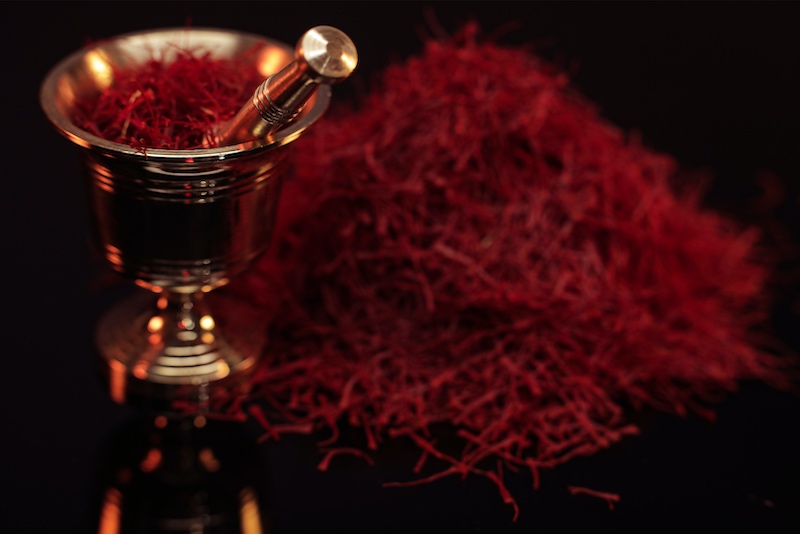
Vitex
Vitex is a popular herbal medicine for helping with PMDD symptoms, however it is important that your unique hormonal situation is reviewed before this is prescribed.
If you are looking to find relief from PMDD symptoms, book in with Tanya to find out how to start feeling better soon.
References
Beddig, T., Reinhard, I., & Kuehner, C. (2019). Stress, mood, and cortisol during daily life in women with premenstrual dysphoric disorder (PMDD). Psychoneuroendocrinology, 109.
Comasco, E., Hahn, A., Ganger, S., Gingnell, M., Bannbers, E., Oreland, L., Wikstrom, J., Epperson, C. N., Lanzenberger, R., & Sundstrom-Poromaa, I. (2014). Emotional fronto-cingulate cortex activation and brain derived neurotrophic factor polymorphism in premenstrual dysphoric disorder. Human Brain Mapping, 35(9), 4450–4458.
Girdler, S. S., Straneva, P. A., Light, K. C., Pederson, C. A., & Morrow, A. L. (2001). Allopregnanolone levels and reactivity to mental stress in premenstrual dysphoric disorder. Biological Psychiatry, 49(9), 788–797.
Hantsoo, L., & Epperson, N. (2020). Allopregnanolone in premenstrual dysphoric disorder (PMDD): Evidence for dysregulated sensitivity to GABA-A receptor modulating neuroactive steroids across the menstrual cycle. Neurobiology of Stress, 12.
Hechtman, L. (2012). Clinical naturopathic medicine. Elsevier Australia.
Huo, L., Straub, R. E., Roca, C., Schmidt, P. J., Shi, K., Vakkalanka, R., Weinberger, D. R., & Rubinow, D. R. (2007). Risk for premenstrual dysphoric disorder is associated with genetic variation in ESR1, the estrogen reeptor alpha gene. Biological Psychiatry, 62(8), 925–933.
IAPMD. (2019). What is PMDD? https://iapmd.org/about-pmdd
Lewin, E. (2019, October 8). “It’s not PMS”: Shining a light on premenstrual dysphoric disorder. https://www1.racgp.org.au/newsgp/clinical/it-s-not-pms-shining-a-light-on-premenstrual-dysph
Petersen, N., Ghahremani, D. G., Rapkin, A. J., Berman, S. M., Liang, L., & London, E. D. (2018). Brain activation during emotion regulation in women with premenstrual dysphoric disorder. Psychological Medicine, 48(11), 1795–1802.
Rajabi, F., Rahimi, M., Sharbafchizadeh, M. R., & Tarrahi, M. J. (2020). Saffron for the management of premenstrual dysphoric disorder: A randomized controlled trial. Advances in Biomedical Research, 9(60).
Steiner, M., & Pearlstein, T. (2000). Premenstrual dysphoria and the serotonin system: Pathophysiology and treatment. Journal of Clinical Psychiatry, 61.








